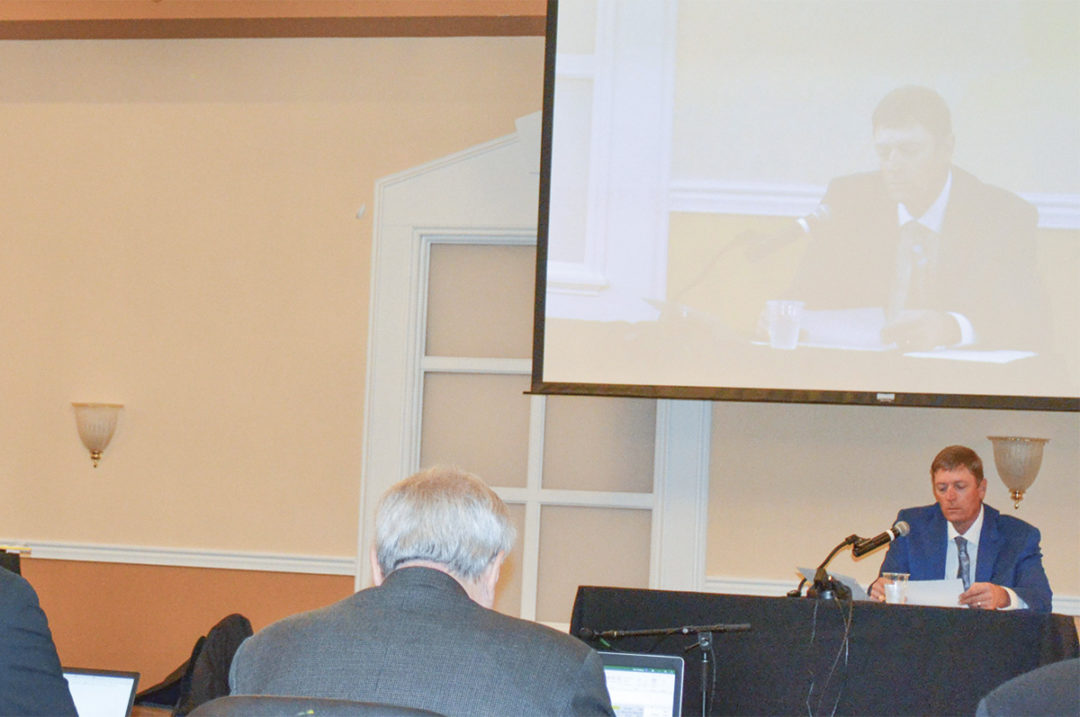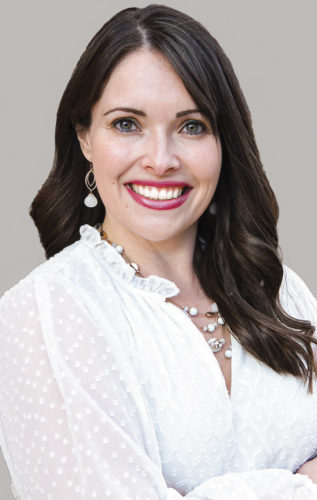The first eight weeks of the Federal Milk Marketing Order (FMMO) Pricing Formula Hearing covered 18 of the original 22 proposals. The hearing, which was initially expected to conclude on or around Sept. 30, ran through Oct. 11 when the presiding Administrative Law Judge Jill Clifton announced a six-week recess. The hearing will resume on Nov. 27 in Carmel, Indiana, and will be live-streamed on the hearing website. Read more about the 22 proposals on the hearing website.
Reporting on the specifics related to each proposal and the views of each organization testifying during the hearing would result in many long articles that could probably fill an entire magazine. To keep our hearing coverage concise, the accompanying articles focus on views expressed by dairy producers during their in-person and virtual testimony, as well as information provided during interviews with Progressive Dairy.
More than 50 dairy producers have been involved in the hearing so far, and one of the few topics that everyone agreed on during the hearing was the importance of dairy producer involvement and the need to prioritize dairy producer testimony.
“The USDA wants to hear from producers to make sure that what they come up with as a final decision at the end of this process reflects the sentiment that producers and the dairy community feel will advance orderly marketing of milk in this country,” said Jim Mulhern, president and CEO, National Milk Producers Federation (NMPF). “[In their testimony, it is helpful for producers] to share information on the value they see in federal orders and how this program is important for both price transparency and orderly marketing – that’s the information that the USDA needs to know from producers.”
Many dairy producers noted their appreciation for the new virtual testimony opportunities, which were available on Fridays by pre-registering on the hearing website.
“I appreciate the opportunity to offer testimony on federal milk pricing topics and the ability to provide my remarks by the Zoom format,” dairyman Steve Pierson said in his virtual testimony. “I farm in Oregon, so travel to Indiana would be a strain on the farming operation, employees and, most importantly, my family. It is remarkable that technology allows me to offer live testimony from a remote setting – just a couple minutes ago I was doing farm chores.”
During her testimony, Wisconsin dairy producer Nicole Barlass added that it is “refreshing to have an increased emphasis on the farmer’s voice in this hearing” and thanked the USDA for the opportunity to testify virtually since testifying in person is not always possible.
While it is not always possible to get away from the farm, especially during harvest, those dairy producers who were able to testify in person spoke positively about the experience.
Frank Doll from Illinois was among the producers who traveled to central Indiana to testify.
“I wish I could relay everything I just learned today [to other producers],” Doll said in an interview with Progressive Dairy. “To be here and see this whole process in person was an awesome experience, and I’m glad I had the opportunity to partake in it. The work that goes on behind the scenes to make today happen is incredible. The whole process has been eye-opening for me.”
Fellow Illinois dairyman Bryan Henrichs also emphasized the importance of being at the hearing in person.
“Our voices probably have the most meaning to the USDA,” Henrichs said in an interview with Progressive Dairy. “If we did not get involved [in this process], [the USDA] may not believe there is a major issue. Having dairy farmers come and talk about what happened on their dairy farm and why this is important matters. That’s why dairy farmers need to be involved, especially in person.”
Dairy producer Kevin Krentz serves as president of the Wisconsin Farm Bureau and said it was “extremely important” for him to be at the hearing to testify as a leader in Wisconsin agriculture, and he emphasized the importance of dairy farmer involvement.
“Milk pricing is complicated, but farmers explaining how changes have affected them directly is key to any changes to FMMO moving forward,” Krentz said in an interview with Progressive Dairy.
While there were virtual opportunities to testify, Krentz says he sees a lot of value in testifying in person. “I have tried listening as well as watching the hearings virtually. Being in person has given me a much better understanding of who is in the room and how the hearing is progressing.”
In addition to dairy producer testimony, representatives from many dairy cooperatives, dairy processors and dairy/agricultural industry organizations testified in support of and opposition to the proposals. Subject-matter experts also provided additional information in their testimonies that would be relevant to the impact of various proposed changes to milk pricing and FMMOs. After witness testimony was read into the record and recorded by the court reporter, cross-examination provided opportunities to ask follow-up questions of each witness.
Representatives from NMPF, Milk Innovation Group (MIG), International Dairy Foods Association (IDFA), Select Milk Producers and American Farm Bureau Federation (AFBF) frequently cross-examined witnesses, and others also occasionally asked questions during cross-examination. Following cross-examination, USDA’S Agricultural Marketing Service (AMS) staff – led by Erin Taylor – asked additional questions of each witness. Click on the “exhibits” link on the hearing website to read testimony from specific dairy cooperatives, processors, subject-matter experts, dairy producers and others.
Next steps
The hearing is scheduled to reconvene on Nov. 27 at 1 p.m. Eastern time at the same location – 502 Event Center, 502 E. Carmel Drive, Carmel, Indiana. The hearing will move to the Palomino Ballroom, 481 S. 1200 E., Zionsville, Indiana, beginning Monday, Dec. 4 through Dec. 8. Dana Coale, USDA-AMS Dairy Programs deputy administrator, estimated that there are approximately two weeks left of the hearing, but that will depend on the length of testimony and cross-examination and whether the judge decides to incorporate any or all of the four proposals not initially included in the hearing.
There will not be virtual testimony opportunities for dairy producers in November and December. Producers who have not yet testified and would like to should plan to testify in person in Indiana, Coale said.
“Producers come first,” Coale added. “So, if a producer shows up, they’re number one. We get them in on the day they show up and within the timeframe they need.”
After the hearing concludes, the judge will review and certify the record. A court reporter has transcribed all testimony and cross-examination, which is approximately 250 pages of transcript per day. According to Coale, there are over 8,000 pages of transcript from the first 33 days of the hearing.
Once the record is certified, the industry will have 30 days to submit corrections and 60 days to file post-hearing briefs. Then, the USDA has 90 days to issue a recommended decision.
That’s followed by a 60-day comment period, and another 60 days for the USDA to develop a final decision, which will go to a producer referendum.
Coale hopes to have that final recommendation to producers to vote on by the first or second quarter of 2025.
Deadlines and next steps will be listed on the hearing website throughout this process.








